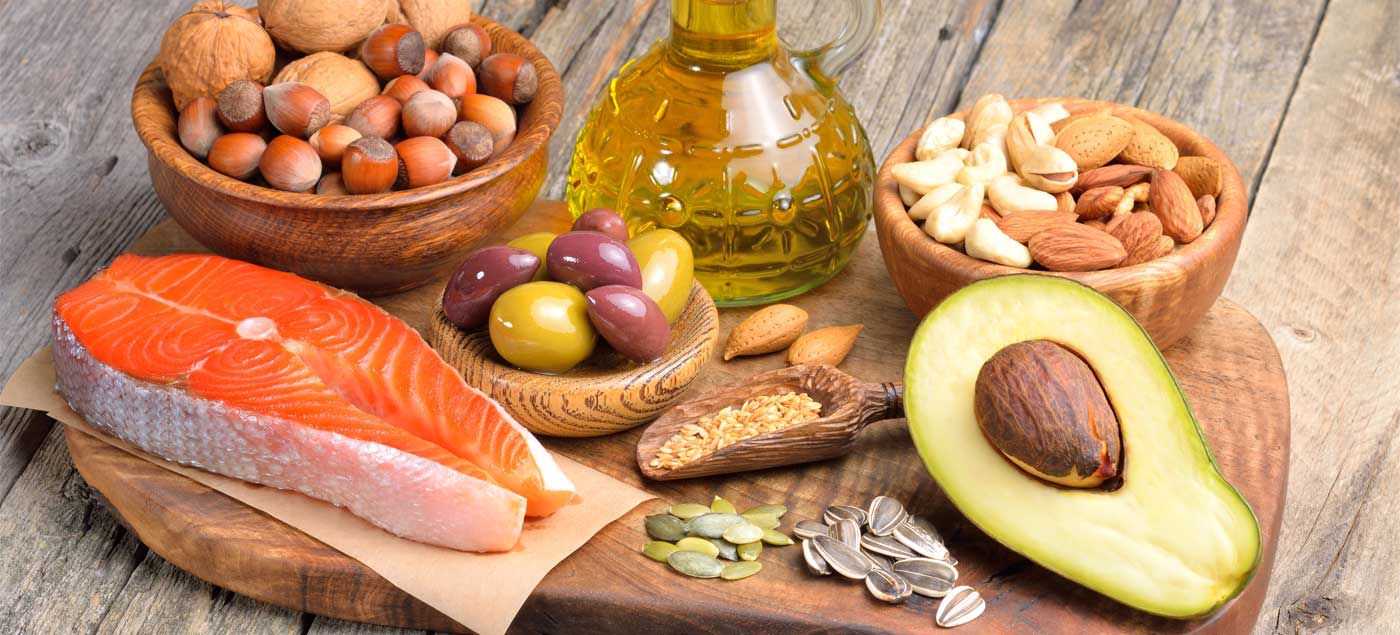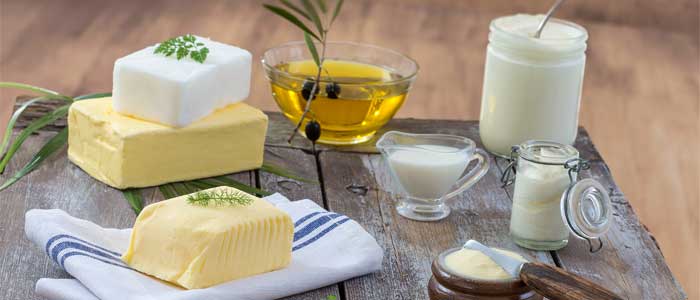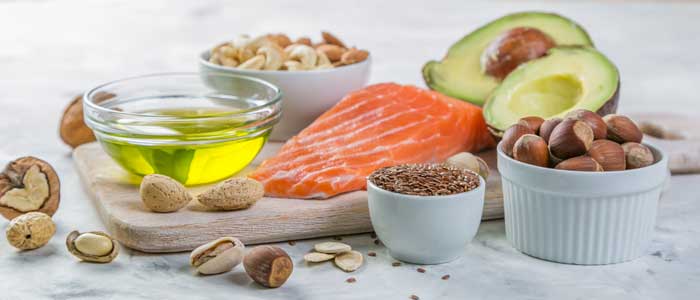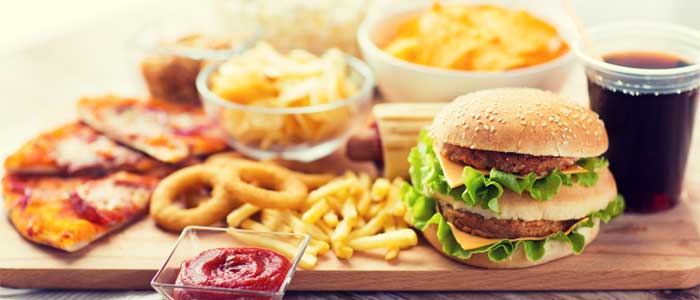The Difference Between Good Fats & Bad Fats
21st Nov 19

Fat is a huge topic when it comes to nutrition. It comes in a wide array of shapes and sizes, all of which are different from the last. They are so different, in fact, that they have entirely different effects on your body, some for the better and some for the worse. To understand them and improve your health overall, it’s important that you learn about what these are and how you can use them or avoid them to your advantage, starting with good and bad fats.
Want to move fast? Jump to the right section below.
What is Fat?

Here, we’re talking about dietary fats. That’s fat that we consume through food and drink rather than fatty tissue that makes up our body, and they’re different things entirely (neither of which are necessarily bad). The problem is all fats are different, and as we said, they affect you very differently (even though they’re all pretty high in calories as far as macronutrients go).
Why It’s Vital
When we hear the term fat, it’s almost always associated with bad things. It makes you overweight or unhealthy and at risk of a load of diseases, but it’s not always a bad thing, and you do need it in your body. It helps deal with different vitamins and minerals, helps cells function, and even improves recovery after exercise. That’s just the tip of the iceberg. To cut it from your diet completely wouldn’t actually be a good thing for your health in the long term.
Let’s dig a little deeper.
Good Fats

So, let’s start with the ‘good’ or healthier fats you can consume. Again, there are a lot of different types of them, but they can generally be classified into two main groups, and they’re unsaturated fats and omega 3. They’re probably the most famous.
Unsaturated Fats
Unsaturated fats, or mono and polyunsaturated fats as their subgroups are, are found in a huge variety of foods. Pretty much anything, really. They’re what help you to raise your good cholesterol and keep you functioning as you should with not too many adverse health effects. These are typically in things like lean meat and natural oils that are liquid at room temperature. (remember that part, it’s important).
Omega 3
Omega 3 is probably one of the most famous varieties of polyunsaturated fats, and that’s because of how good it can be for your health. Despite still being an easy way to get more calories in your diet, it’s also an awesome way to help your heart health in particular. It comes from fatty fish mostly and is one of the biggest reasons that you need to eat more of it.
Bad Fats

Bad fats are pretty much the exact opposite. They’re really bad news if you have too much of them, and sadly, they’re in a lot of the foods that we love (even if we know they’re bad). They often are absolutely packed full of calories and not particularly nutritional healthy either, and again, they come in two main categories.
Saturated Fats
Saturated fats are the lesser evil here. Although they aren’t good, if you keep them in moderation, they won’t be too bad for you either. In fact, they’re good for you… in a way. They raise your good cholesterol (HDL or high-density lipoproteins) but your bad cholesterol (LDL or low-density lipoproteins). These are in high-fat foods and sweet things, too, a lot of the time, and even more so, in solid fats. That’s things like lard, butter, coconut oil and even margarine. Take it easy!
Trans Fats
These are the worst of the worst, but sadly, they serve a purpose. Trans fats are rarely natural, and usually, they’re found in processed foods as a way to make them last longer and stop them from separating or falling apart. That makes them great for fast food and ready meals in particular (which are full of other bad things, too, like sodium and sugar). You should avoid these at all costs.
They’re generally referred to as mono and diglycerides of fatty acids or emulsifiers. Avoid them where you can
Our Advice
Our advice to you in this situation, as you’ve probably guessed, is to minimise bad fats and increase your good fat intake. Don’t go overboard but substitute them out where you can. Fats should be about 20% of your diet, with the other two macros making up the rest from a general point of view.
Cut out processed, fast and ready-made foods, and add more natural, lean meat, fish and veg into your diet. Try out some healthy snacks instead of processed food like most of us love, and keep away from solid fats. Add more oils instead. Little changes make a big difference, and your health will thank you for it in the long run!
For more information on all of this, check out these awesome resources from Harvard Health too!

Before beginning any exercise or nutrition program, consult your physician, doctor or other professional. This is especially important for individuals over the age of 35 or persons with pre-existing health problems. Exercise.co.uk assumes no responsibility for personal injury or property damage sustained using our advice.
If you experience dizziness, nausea, chest pain, or any other abnormal symptoms, stop the workout at once and consult a physician or doctor immediately.









